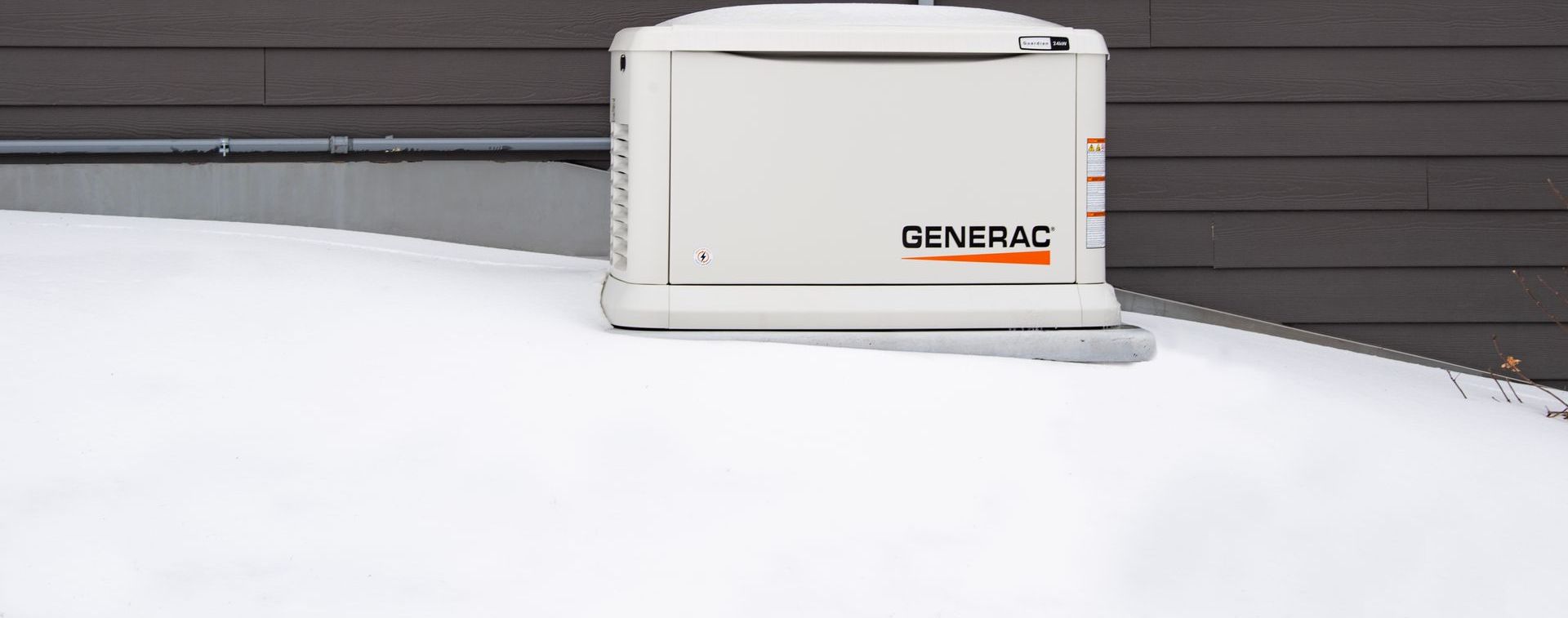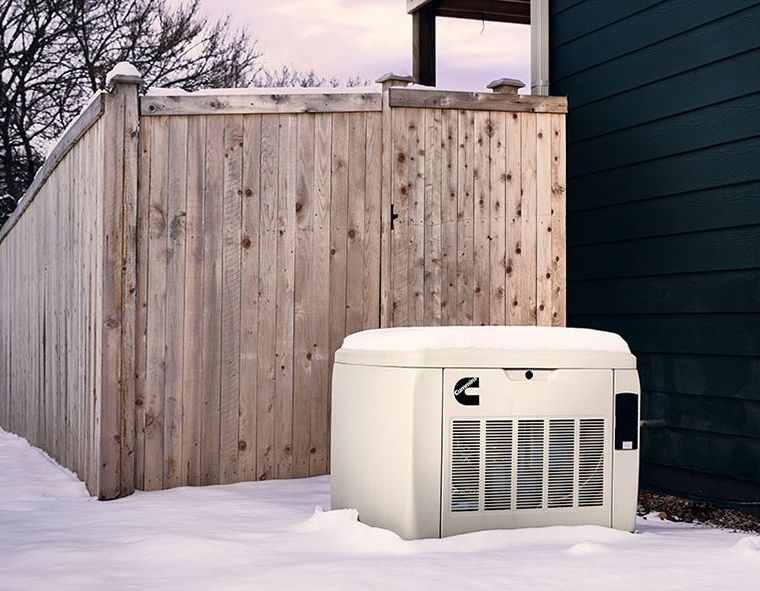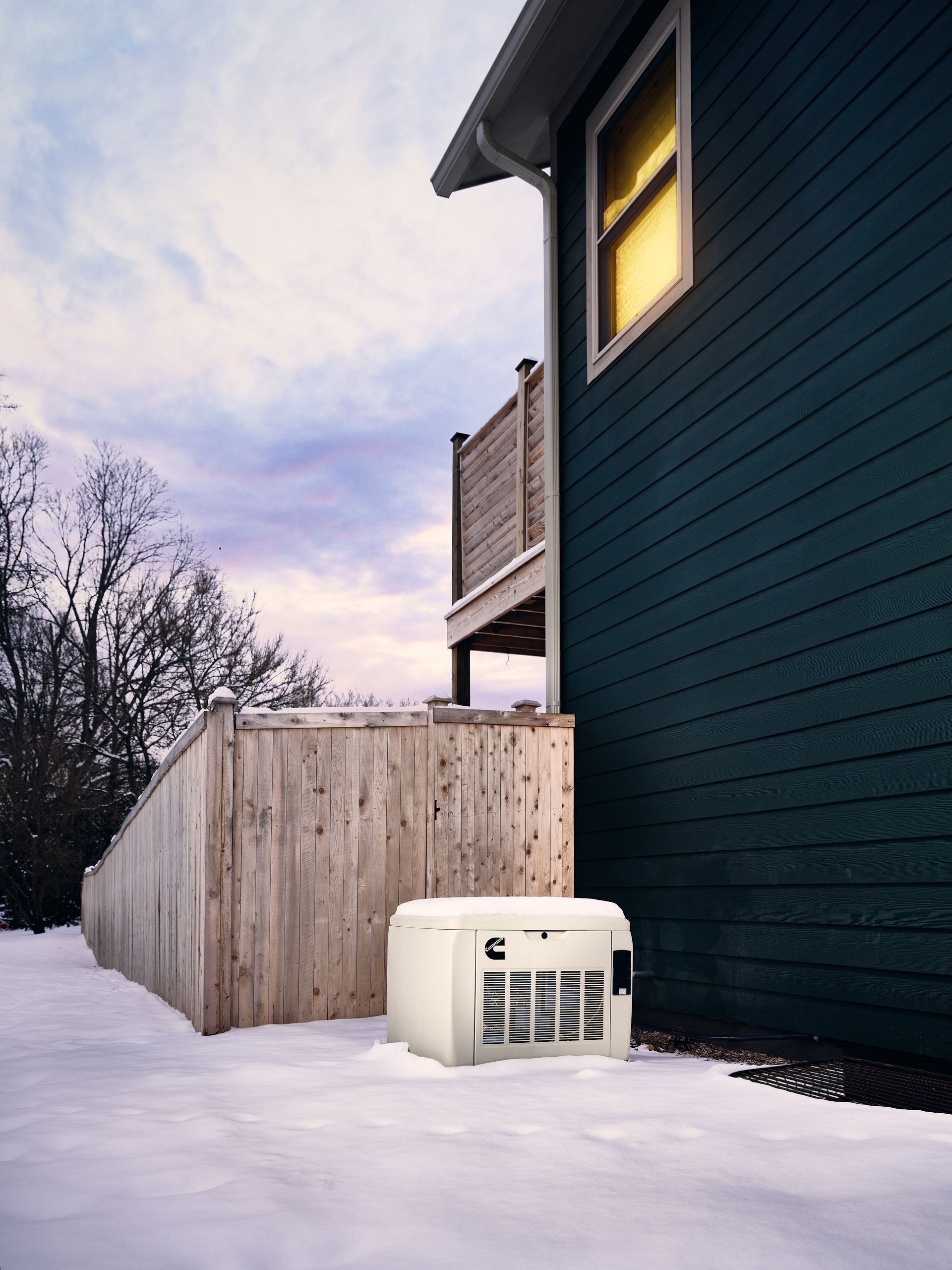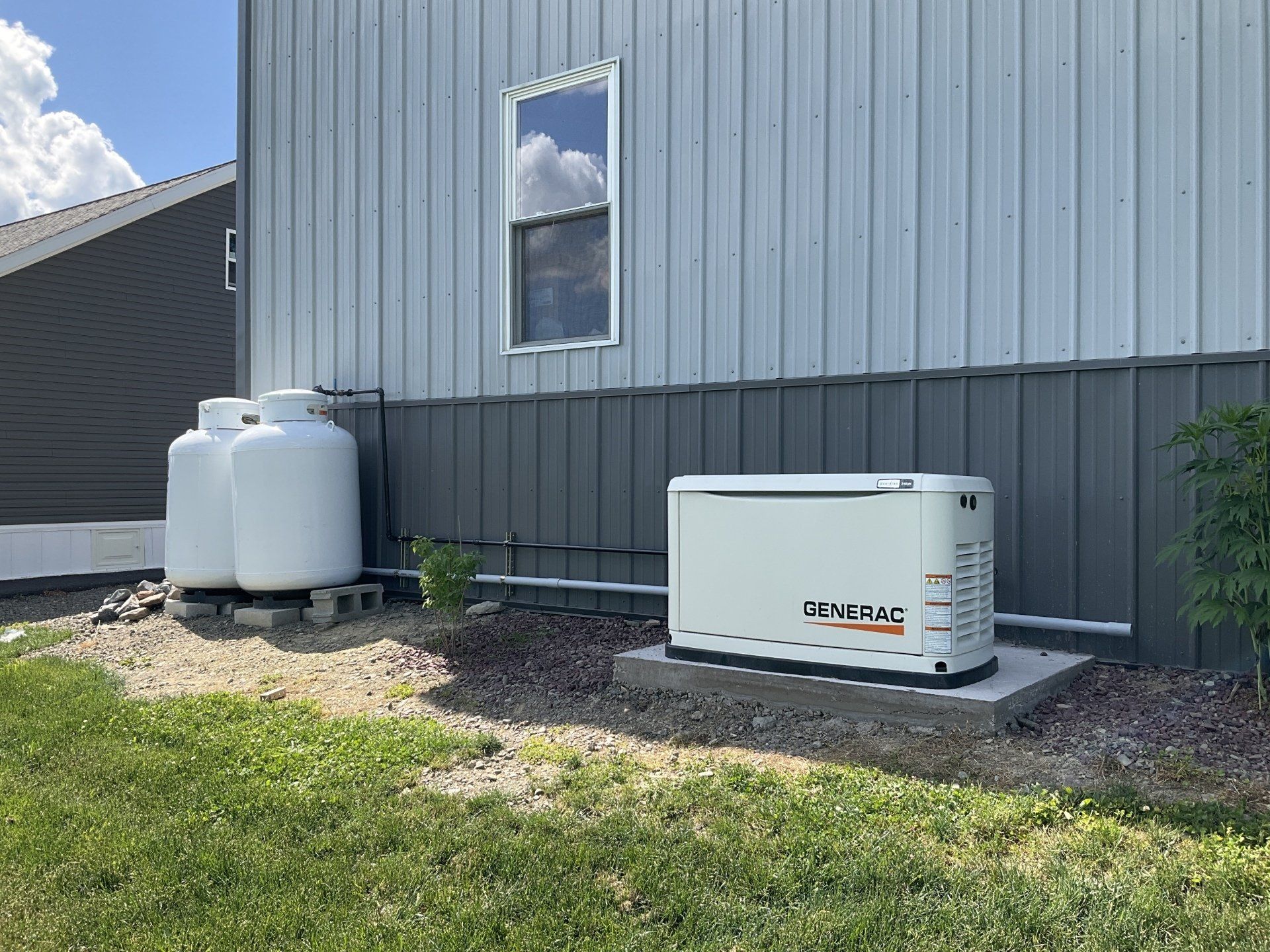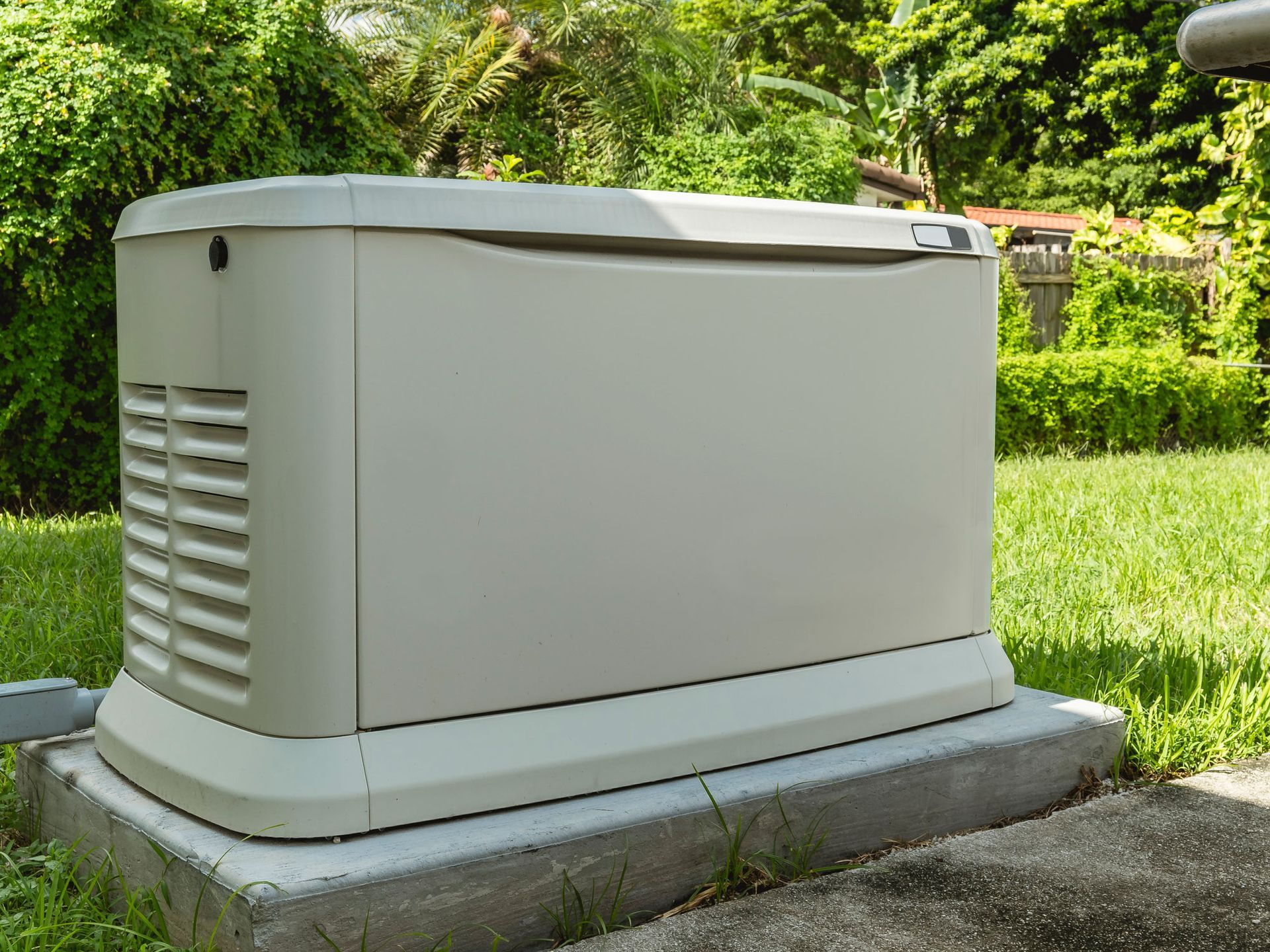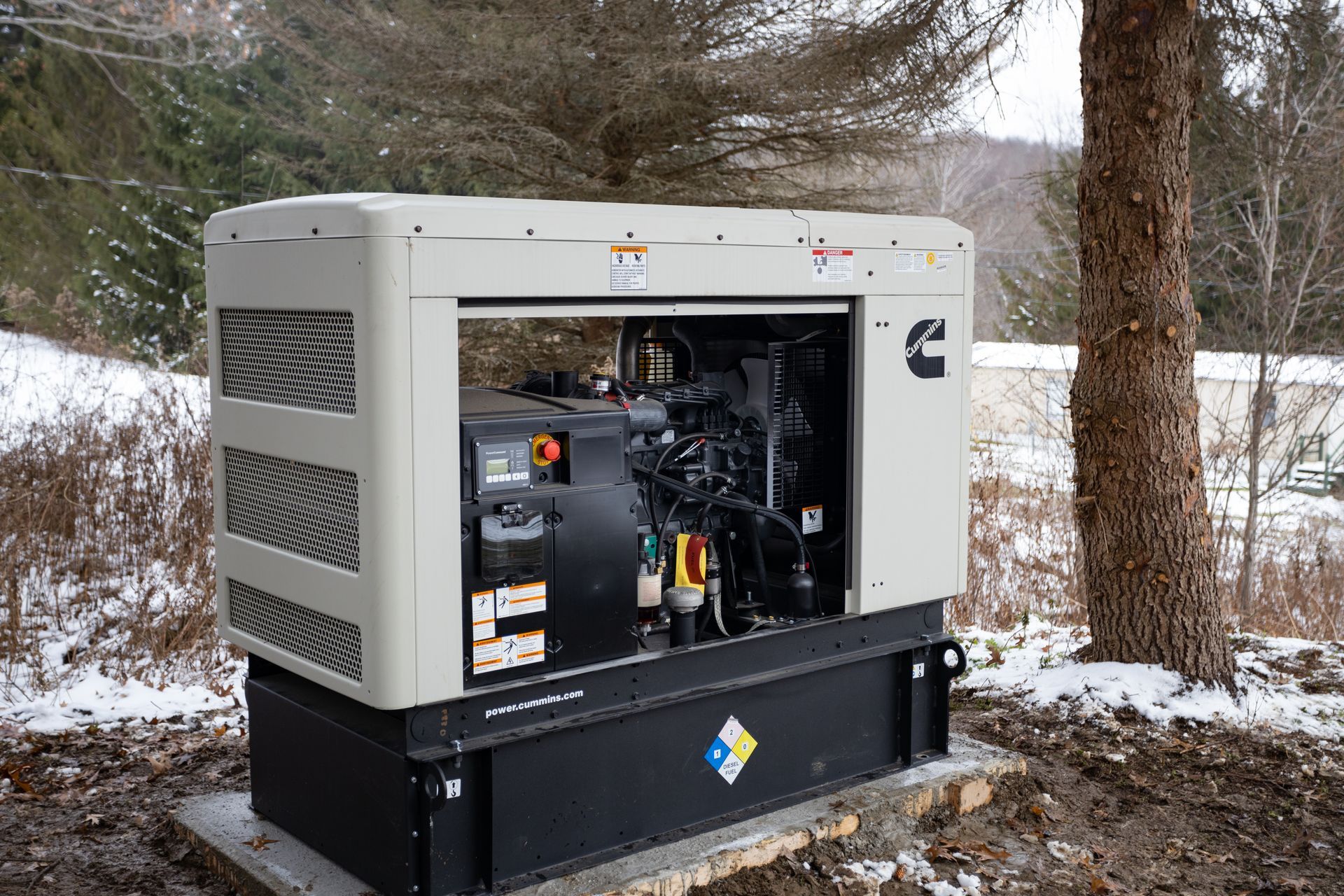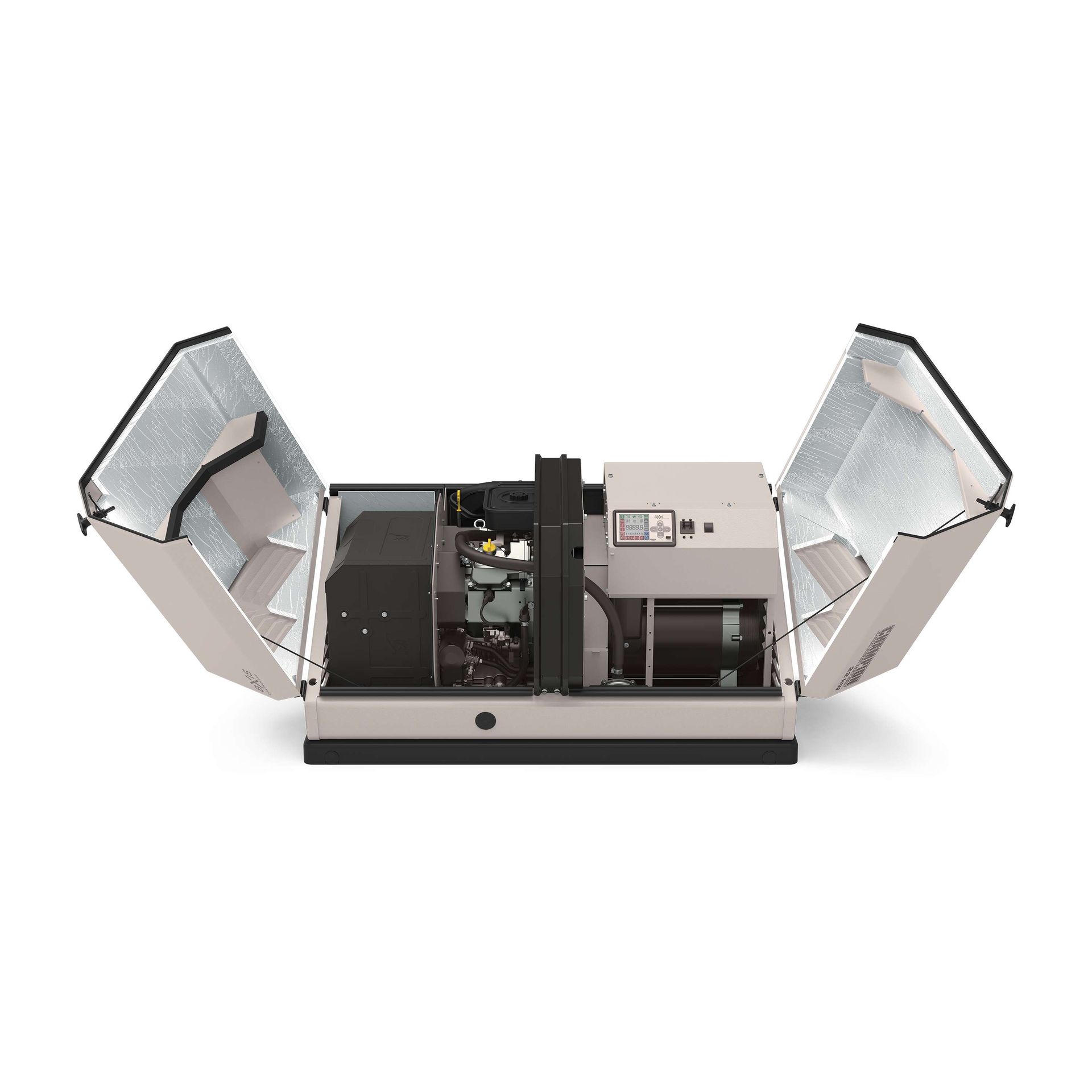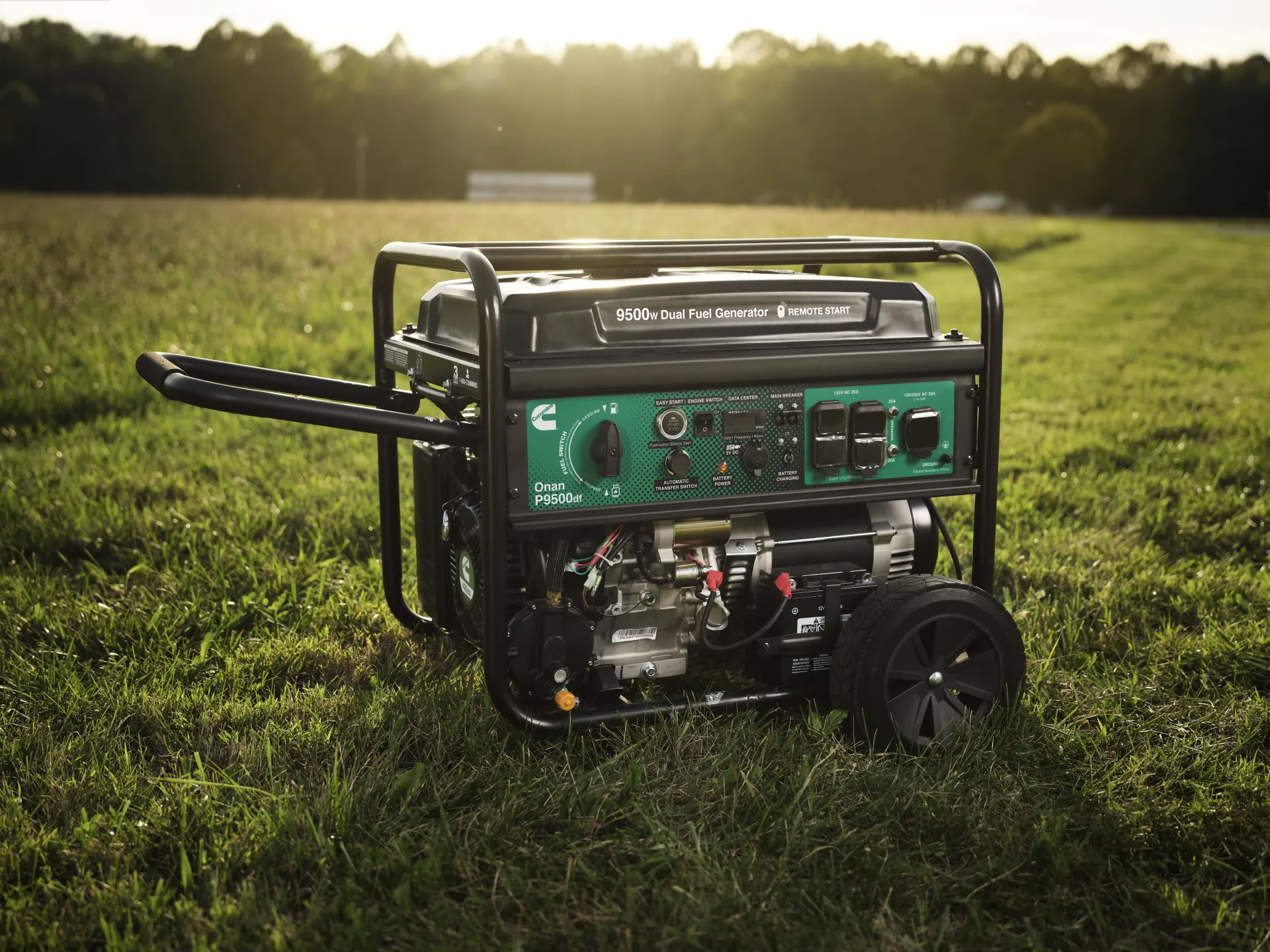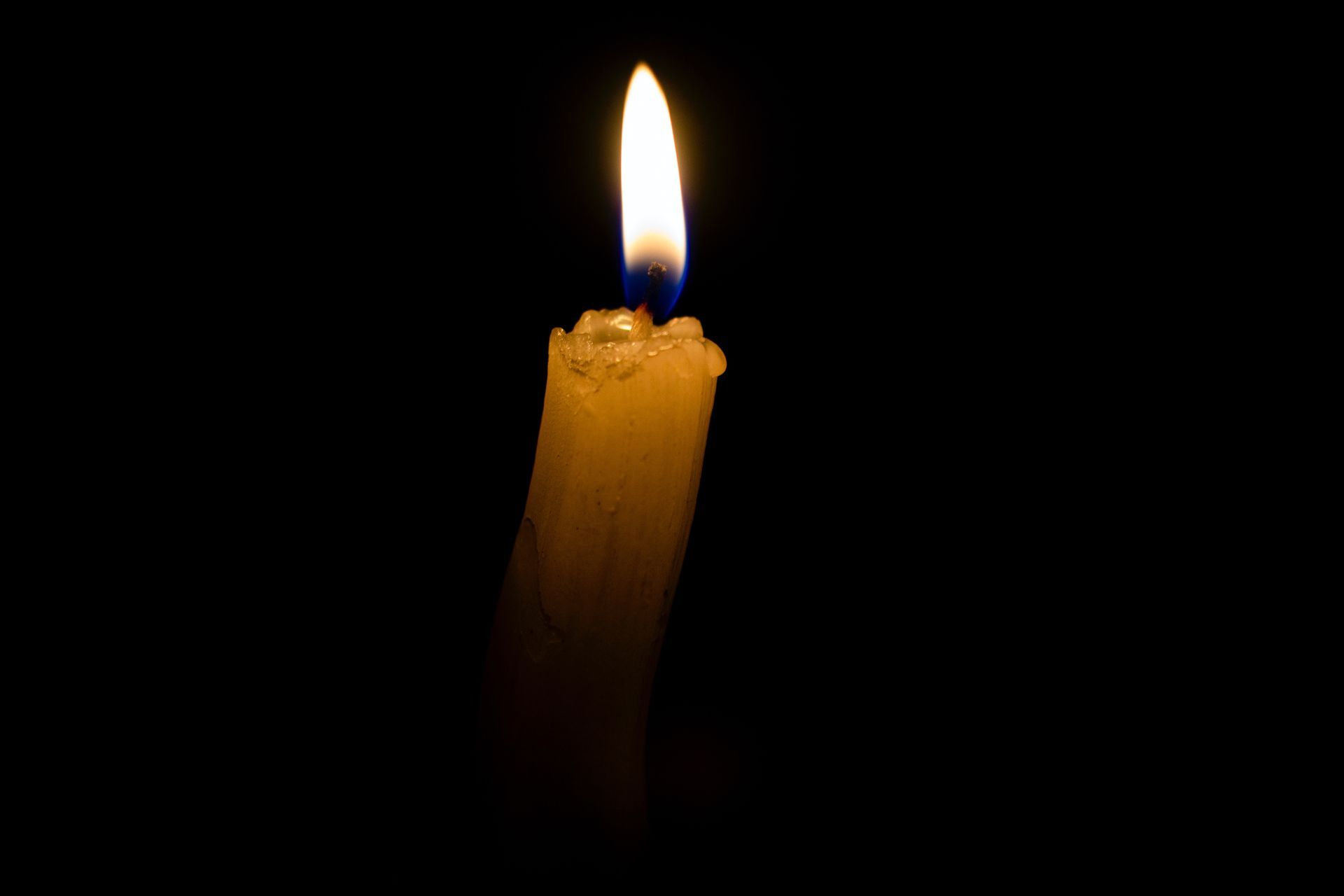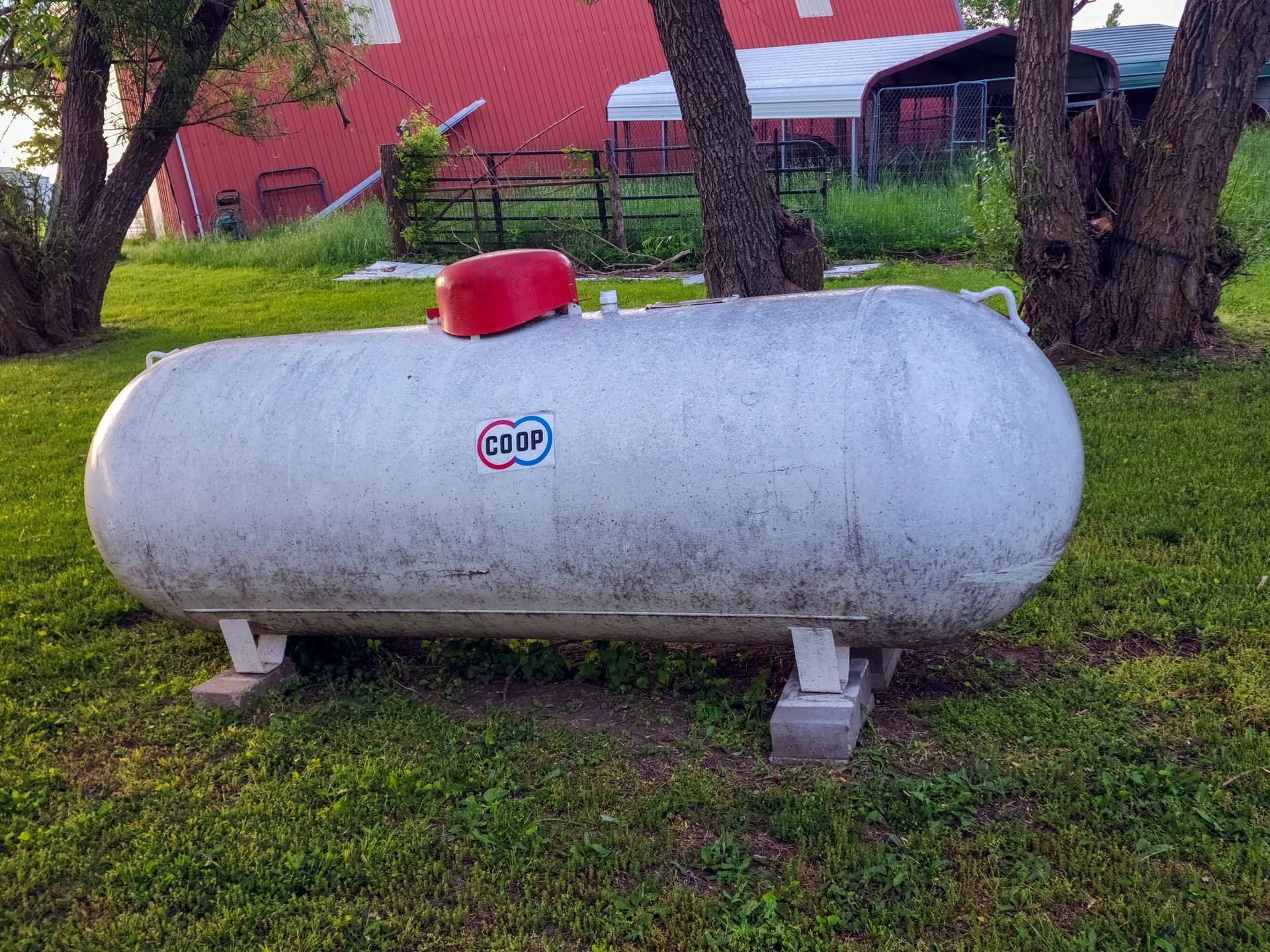Best Backup Power Solutions
Depending on your needs and circumstances, there are several excellent choices for backup power options for individuals, homeowners and small businesses...
In a world literally powered by electricity and technology that makes our lives better and more convenient, not having that electricity, particularly for extended periods of time, can be a major inconvenience. This article highlights the most commonly used methods of maintaining some degree of power when the grid goes out or when there are now outlets in sight.
Small Power Stations and Battery Banks
The smallest and often easiest, but also the most limited, solution is a single battery backup. Small battery banks and cells come in all shapes and sizes, as small as a smart phone to as large as a briefcase. These units are generally just batteries, sometimes with an AC port or two and several USB or USB-C ports to charge electronic devices like cell phones and laptops.
On the smaller end these sorts of devices are able to easily recharge your cell-phone once or twice but not much more. Devices like this are a dime a dozen, are made by tons of different manufacturers and can be purchased for as little as $20 or as much as $100 depending on the size and quality. These sorts of batteries are designed to recharge mobile devices and then to be recharged themselves in a traditional outlet.

On the larger end, bigger battery stations can recharge several devices several times over (often more than one device at the same time) before needing to be recharged themselves. These devices are not generally used for the purposes of powering devices with a constant draw (like a T.V. for example), but some things could be powered for a short period of time. This of course depends on the watt hours of the battery and the draw of the devices. These devices are of course more expensive; they will be in the neighborhood of $300 up to $1000.
Both of these types of devices are ideal for travel circumstances but would likely come in handy in the event of an emergency as well. They’re use times are fairly limited, and cannot be recharged during a power outage, but could be helpful in some unexpected instances. It is worth noting however that these devices can sometimes take quite a bit of time to be recharged, meaning if you intend to use it for emergency purposes, you may find yourself out of luck when said emergency arrives at your doorstep.
Portable Generators
Portable Generators are a very “traditional” method of backup power, often relying on good old fashioned gasoline or propane to run. Much like the batteries, portable generators can be found in many shapes, sizes and configurations. There are also dozens of manufacturers of these sorts of units, from names you’ve never heard of to the more common brands like Generac and Cummins.
Use cases for these generators commonly seen are household backup, camper usage, tailgating, off-grid power and more. Obviously, how applicable they are to each of those situations entirely depends on the unit and the power output. Many units on the market are in fact purpose-built for some of the above mentioned applications. We will illustrate here some of the use cases with a few
Cummins models we personally recommend. We’ve worked with Cummins for years and have always preferred their build quality over competitors.
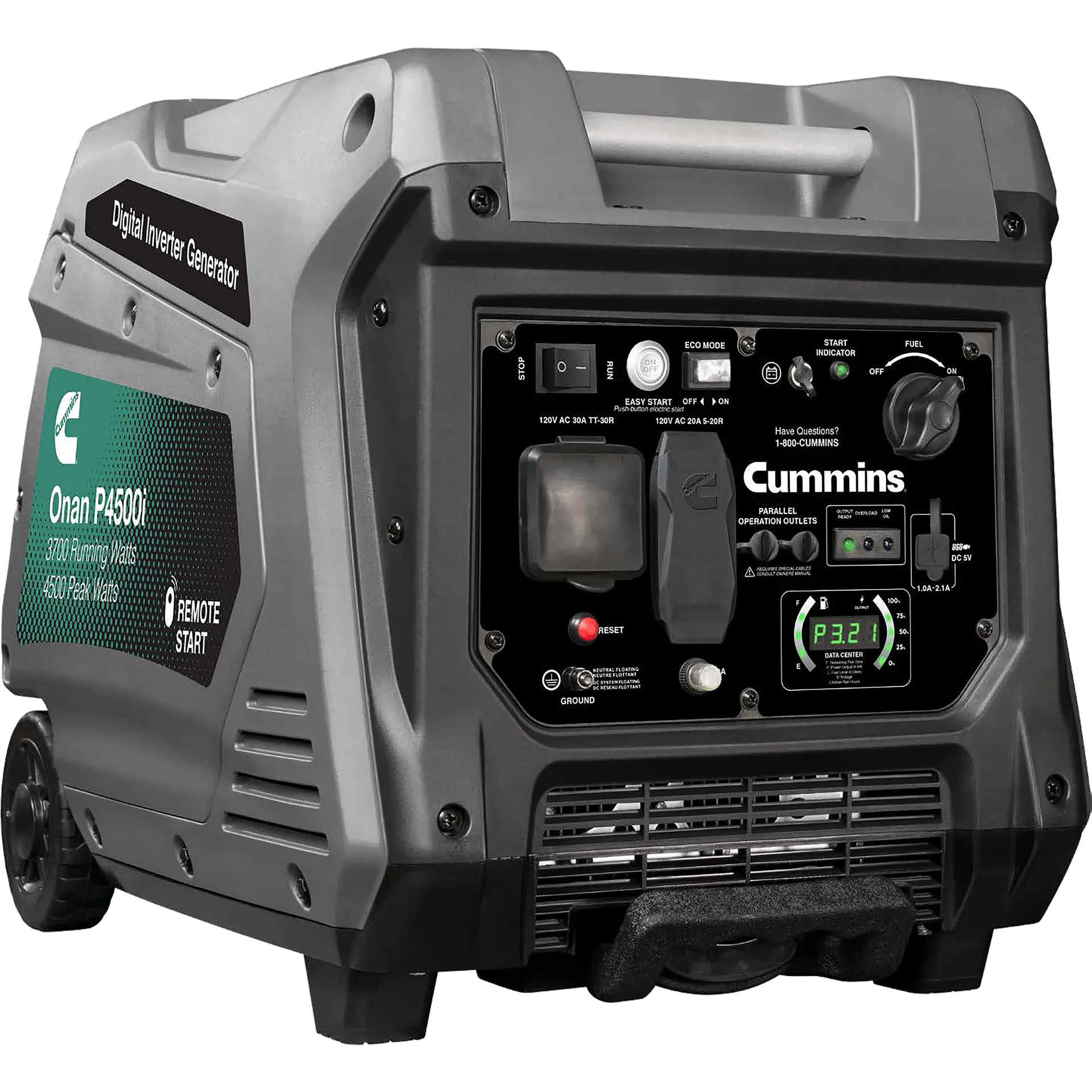
The Onan P4500i is purpose built for campers, RVs and tailgate setups, a fact most evident from the inclusion of a 30A TT-30R port on the face of the unit. This unit has handles and wheels for easy transportation, and can also be run in parallel with an additional unit for extra power as needed. This unit also has a remote start function. These units produce 3.7 running kW which is considerable, but not enough to power home appliances or serve as a substantial home backup.
A larger option is the Onan P9500i, this is also a Cummins model that we’ve worked with frequently and many manufacturers on the market make similar units in size and watts. These sized units are ideal for off-grid use or as a home backup, although there are some hurdles in effective use that should be considered. These units generally won’t be putting more than 10kW, they require consistent refueling and they do not generally have manual or automatic transfer switches; extension cords will need to be laid to wherever you’d like to have power.
The Onan P9500i also has several features that are not common on all similar sized units, including wheels and handles for transportation and a remote start function. This unit also has a dual-fuel feature that allows it to run on a gasoline reservoir or an external propane tank. These features are particularly useful in situations where the unit is expected to be used more frequently and for longer periods of time. Both of these Generators, and similar models from other brands, run in the neighborhood of $1,500 - $5,000.
Home Standby Generators
Standby Generators are the quintessential home backup solution, they have the capability and features you want to power your entire house, but this is also where price begins to escalate. Most home generators are in the neighborhood of 10 - 20kW, they run on either natural gas or propane (rarely diesel gas) and a full purchase and installation will run you somewhere in the neighborhood of $10,000 - $15,000 depending on a multitude of factors. These figures include components and labor.
Standby Generators are generally installed with an
automatic transfer switch that instantly switches your panel box from the grid to the generator. The whole installation generally requires a permit and licensed electricians and plumbers, but can be completed in less than a single day. The size unit that is recommended also generally depends on the power consumption in your home, and how many circuits there are that need to be powered. Companies like ours offer homeowners a free in-home assessment and quote to anyone interested.
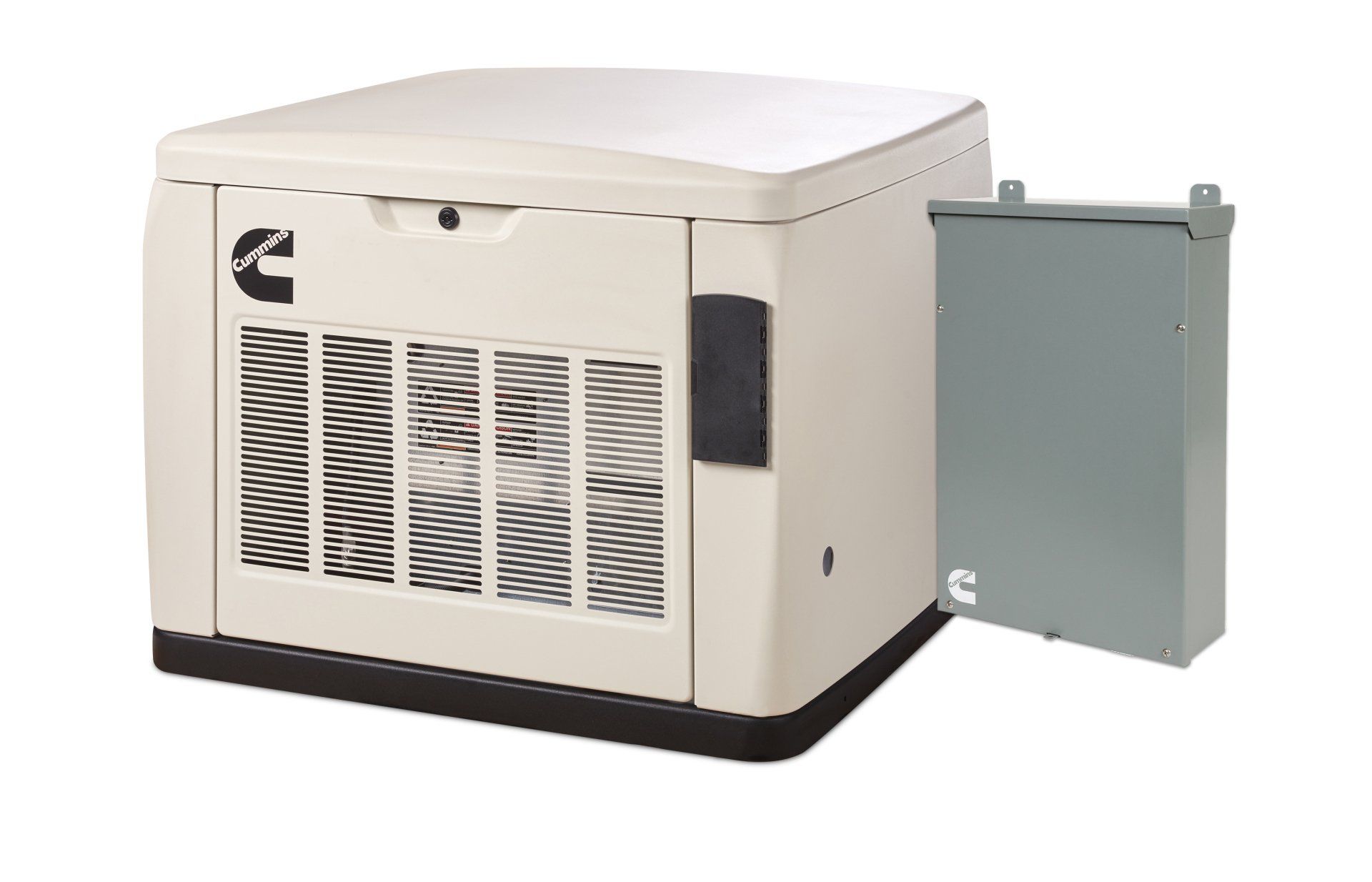
These units can be bought from several major brands including Generac, Cummins, Kholer, Briggs & Stratton, and more. As previously mentioned we generally recommend Cummins for their rugged reliability and cold weather performance, which is especially important here in the North East. Other Considerations? These generators are permanent fixtures, not portable and considered to be Capital Improvement projects.
If you want to learn more about these kinds of generators and how they work, our website is a great place to start. You can learn the basics about the
Cummins Generators we recommend, the general function of these kinds of units and also about the transfer switches and utility options.
Solar Panels, PowerWalls and Large Battery Backups
By far the most advanced and most expensive option for home backup power, but a very attractive one for several reasons. Most large battery backups are charged by external solar panels or some other external method. These technologies are generally green and have low carbon emissions, but are also an additional expense. Depending on the manufacturer these battery setups can be quite bulky, although some designs are clearly more compact than others.
For the sake of comparison we’ll use the
Tesla Power Wall since it is incredibly popular and the demand for these backup power solutions is very high. The Tesla Power Wall is generally sold and installed in two pieces; the solar panels and the wall battery. Additional batteries can be added into the backup circuit at an additional cost, significantly expanding the amount of power you can hold.
Although this technology is considered to be eco-friendly it comes with several shortcomings, some of which may be addressed as this sort of application becomes more common and efficient. For starters, if you live in an area that isn’t fairly sunny, this method of backup power is going to be less effective. Also, these batteries do not hold as much power as one might hope for, and if you’re experiencing an outage that lasts more than a day, you may find yourself hanging out to dry. Most installers recommend two or even three cells, which does increase the price.
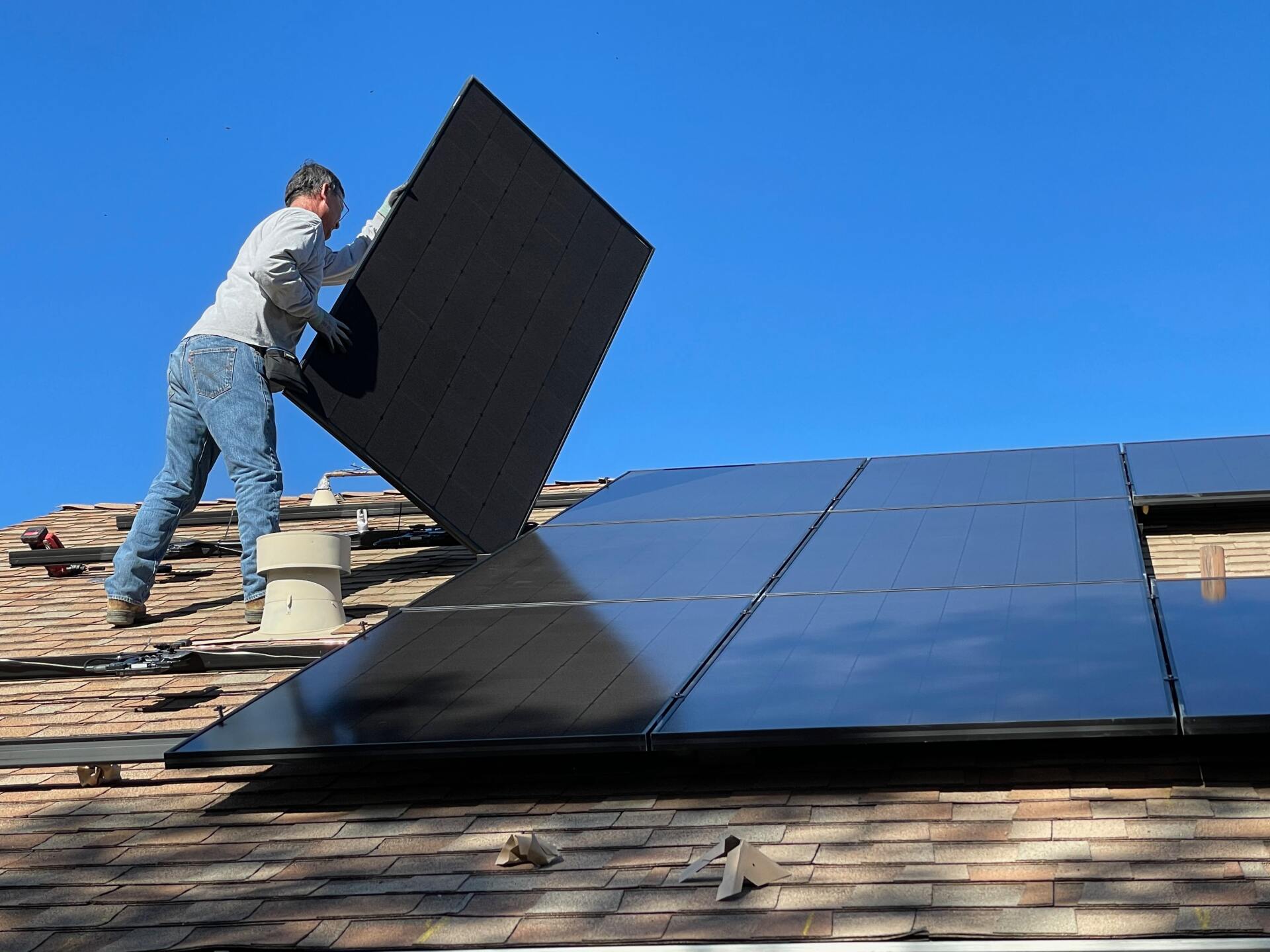
The most prohibitive factor here really is the price. With all of these technologies the price predictably scales with the power output. For example, home generators are essentially large engines, which of course will cost more than battery cells or small portable generators. With these large battery style backups, the price scales exponentially. Part of this is due to the rare metals used in the construction, which have become harder to source in recent years.
We don’t currently offer installation of these types of systems but our research has shown that full prices are somewhere in the neighborhood of $20,000 - $30,000 for a battery, solar panels and a full install. Also, since this system is modular additional batteries can be added, which will scale the price upward. We’ve seen installers recommending 2-3, which would bring the price point up by nearly $10,000 for each additional cell. Bear in mind that some states and energy companies offer rebates for the installation of green tech like this, something worth looking into if this is a project you're interested in, since every penny counts!
Bottom Line
In the world of technology, none of us want to be stranded without power for too long. The best solution for you will depend heavily on your needs and your budget. If you just want to make sure you have a laptop and internet during hour-long outages, perhaps a battery cell would be effective. If you’re hoping to be able to run your home’s normal functions and appliances, you’ll want a Standby Generator or a PowerWall, or a similar whole-home solution.
Hurricane Home Solutions is a certified Cummins Dealer, and we’re fully equipped to help homeowners pick out the best backup power solutions for their needs. We’re able to recommend the right unit and we’re also able to do in-home power assessments for homeowners in our region (which includes New York and Pennsylvania). If you’d like to learn more about our services feel free to call us directly or submit a form here on our website.
